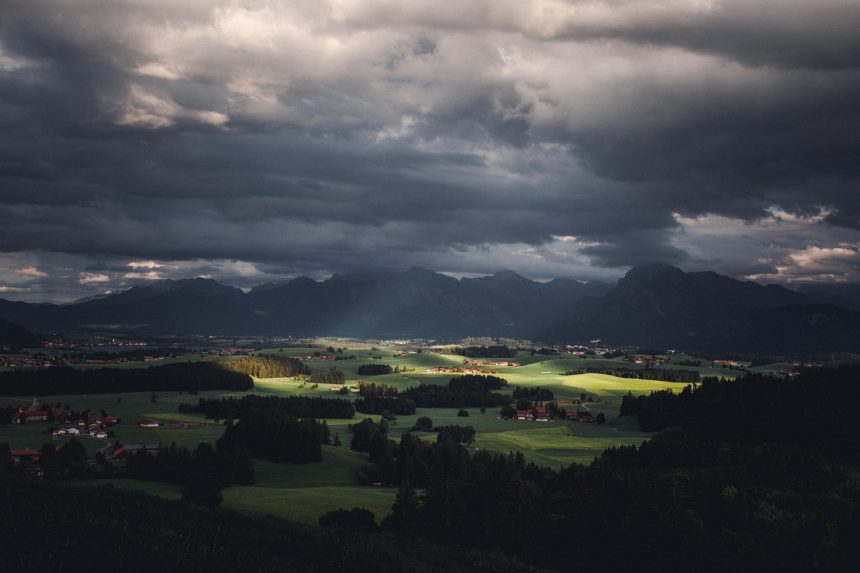By: Abhay Hawaldar
Satara: Patharpunj village in Maharashtra’s Satara district has recorded an astonishing 7,359 mm of rainfall from May 31, 2024, to June 1, 2025, setting a new record for the highest rainfall in the state. This remarkable figure has even surpassed the renowned Cherrapunji, which received 5,938 mm of rainfall.
Village’s Unique Features and Rainfall Significance
 Patharpunj village is situated on the border of Satara and Ratnagiri districts, surrounded by dense forests that are home to the Chandoli wildlife sanctuary. The village is part of Patan taluka, known for its rugged terrain and high rainfall due to the Sahyadri mountain range. Between June and August 2024, Patharpunj received 7,359 mm of rainfall, and in 2019, the village recorded a staggering 9,956 mm of rainfall. This year’s figures suggest a similar trend, which could lead to the Koyna dam filling up ahead of schedule.
Patharpunj village is situated on the border of Satara and Ratnagiri districts, surrounded by dense forests that are home to the Chandoli wildlife sanctuary. The village is part of Patan taluka, known for its rugged terrain and high rainfall due to the Sahyadri mountain range. Between June and August 2024, Patharpunj received 7,359 mm of rainfall, and in 2019, the village recorded a staggering 9,956 mm of rainfall. This year’s figures suggest a similar trend, which could lead to the Koyna dam filling up ahead of schedule.
Rainfall in Other Areas and Impact of Climate Change
 Patharpunj tops the list of places with the highest rainfall in Western Maharashtra, followed by Valvan (6,738 mm), Navja (6,250 mm), Dajipur (6,203 mm), Nivale (6,026 mm), and Mahabaleshwar (5,962 mm). The region has observed an increase in the intensity and amount of rainfall, likely due to climate change. Patharpunj has become a focal point for climate studies, going beyond its reputation as a “rain village.”
Patharpunj tops the list of places with the highest rainfall in Western Maharashtra, followed by Valvan (6,738 mm), Navja (6,250 mm), Dajipur (6,203 mm), Nivale (6,026 mm), and Mahabaleshwar (5,962 mm). The region has observed an increase in the intensity and amount of rainfall, likely due to climate change. Patharpunj has become a focal point for climate studies, going beyond its reputation as a “rain village.”
National Rainfall Scenario
 According to the India Meteorological Department (IMD), the country has experienced above-average rainfall this monsoon season. Delhi, the national capital, has received 812 mm of rainfall, which is 12% above the normal rainfall for this period. The IMD has attributed the increased rainfall to the strengthening of the monsoon trough and the impact of climate change on global weather patterns. As the country continues to experience extreme weather events, the need for advanced climate monitoring and adaptation strategies has become increasingly evident.
According to the India Meteorological Department (IMD), the country has experienced above-average rainfall this monsoon season. Delhi, the national capital, has received 812 mm of rainfall, which is 12% above the normal rainfall for this period. The IMD has attributed the increased rainfall to the strengthening of the monsoon trough and the impact of climate change on global weather patterns. As the country continues to experience extreme weather events, the need for advanced climate monitoring and adaptation strategies has become increasingly evident.








